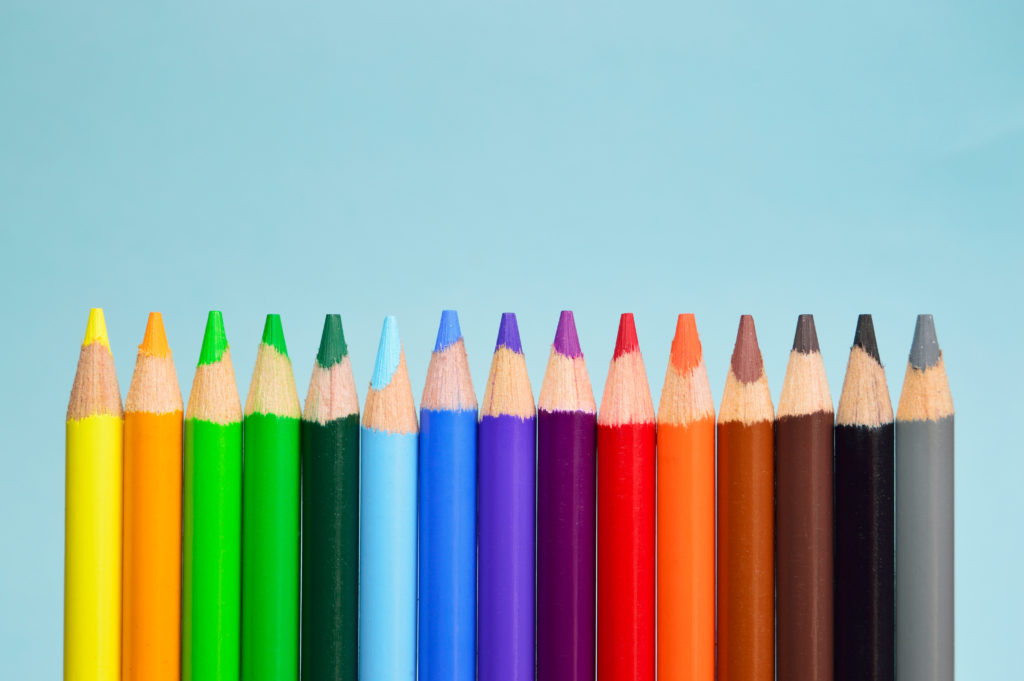Physical Education (3.75 credits every year)
The Physical Education curriculum was designed to improve each student’s fitness level as well as instill the knowledge of the importance of lifetime fitness. The activities used to attain this level of fitness are flexibility exercises, distance running, weight training, aerobic exercises, and team games. Knowledge of health and physical education concepts and skills empowers students to assume lifelong responsibility to develop physical, social, and emotional wellness. Physical Education focuses on involving multi-dimensional qualities of movement as they relate to the dynamics of mental and physical growth. The program provides for continuous development of the participant within the context of perceptual, cognitive, psychomotor, and affective learning experiences. The curriculum is organized in terms of individual activities and team sports.
Health (1.25 credits every year)
Health is a mandatory course taken in lieu of physical education for 6 weeks. Students will be expected to learn and explore emotional health, disease prevention and the importance of making the right decisions to ensure a healthy lifestyle. The program includes an overview of alcohol and drug use and abuse, smoking, teenage suicide, nutrition/eating disorders, physical, emotional, and social needs of children, bullying, HIV/AIDS, STI’s, and sexual attitudes, and values. Health curriculum also consists of the American Red Cross CPR & First Aid Course. This includes instruction on life-saving skills including CPR, obstructed airways, and using an AED. When students successfully complete this course, they will receive an American Heart Association Certification card for heart saver CPR & AED. There is also a focus on adolescent concerns regarding growth and sexual development, postponing sexual involvement, gender roles and society, developing mature, healthy relationships, pregnancy and sexually transmitted infections, the family in today’s society, relationships in young adults, pregnancy and birth and parenting.
Creative Arts (Grades 10-11 – One semester length – 5 credits)
Students will gain a foundation for creating art. Topics of focus include line, shape, space, texture, color theory, form, shading, graphic design and advertising, anatomy, and printmaking. Students will complete a summative artist multimedia project.
Humanities (Grades 11-12 – One semester length – 5 credits)
Students will gain a foundation for art history. Topics of focus include prehistoric and Mesopotamian art, ancient Egypt, and ancient Greece. Students will be able to develop a deeper vocabulary, create art through media and process, and examine different art from different points in history.

Electives:
- ELA Lab
- Math Lab
- Financial Literacy
- History through Film
- Introduction to Artificial Intelligence
- Interplanetary Engineering
- Computer Science
- Cultural Arts & Crafts
- Hydroponics and Gardening
Senior Project is designed to demonstrate your prior learning, show your potential, and help you understand a stronger sense of self. More importantly, the Senior Project can capture your imagination. It can offer you an adventure, tapping into your interests at a transitional time in your life. The hope of Senior Project is to engage your sense of curiosity proactively by having you initiate, develop, and engage in a plan of action. You will be guided through a process of discovery, encouraging you to embrace what’s possible and challenge yourself through the Senior Project. Senior Project requirements include 30 community service hours after school, including 15 individual hours and 15 as a group. The summative project is a presentation of their community service learning experience. Students must also complete their college essay, take the SATS, complete their Common App and FAFSA for college, and explore other postsecondary options.